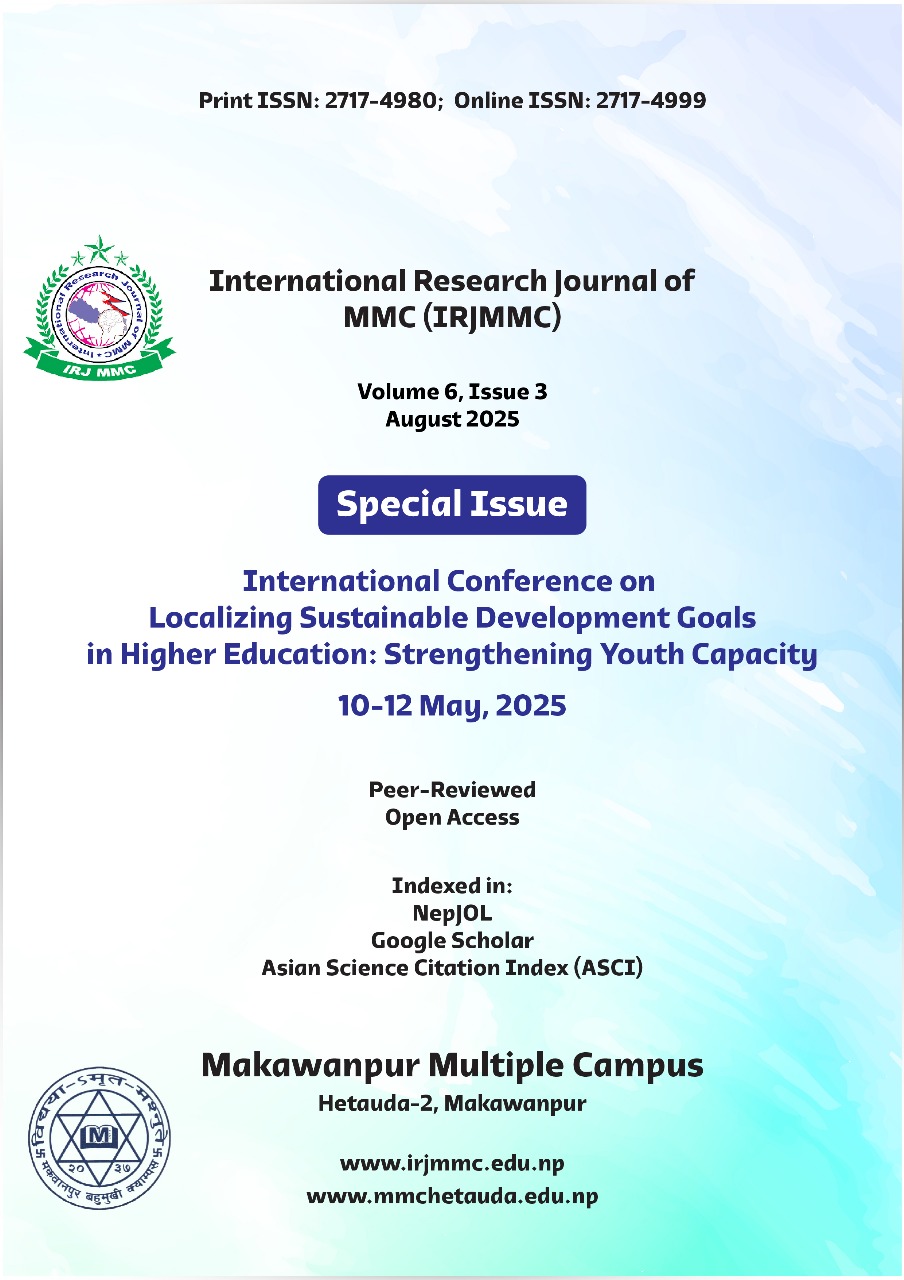Haematological Changes in Dengue Patients: A Meta-Analysis of Studies in Nepal
DOI:
https://doi.org/10.3126/irjmmc.v6i3.82470Keywords:
dengue, haematology, leucocytes, plateletsAbstract
Dengue is one of the most important viral infection in Nepal, transmitted to humans from the bite of infected mosquito. This disease is highly prevalent in the Terai region, mostly in urban cities of Nepal. This disease is insect born disease and is transmitted to human through the bite of female aedes mosquito. It is known that the infection of this virus causes lower in white blood cell (WBC) and this condition is known as leukopenia due to depletion of bone marrow. Therefore, it is necessary to study the haematological parameters, especially the WBC for the proper diagnosis, management and prognosis of this viral infection. The objective of this meta-analysis is to understand the impact of dengue virus on the haematology of patients from Nepal. A meta-analysis was performed where several articles related to the topic of interest were searched and reviewed. The analysis of the data showed that the average neutrophils was 62.13±5.55 %, lymphocytes was 24.19±3.29 %, eosinophils was 1.35±0.27 %, platelets count was 16326.10±11812.93 cells/μl and the total leukocytes counts was 4542.91±269.23 cells/μl. The data showed a significantly lower (p < 0.05) total leukocytes counts in dengue infected groups than in control group. In conclusion, the study showed a significant decrease in total leukocyte counts in dengue-infected patients, which can increase the risk of secondary infections. Further research, including surveys, can be valuable to understand the source of infection and contribute to minimizing its transmission.
Downloads
Downloads
Published
How to Cite
Issue
Section
License
Copyright (c) 2025 International Research Journal of MMC (IRJMMC)

This work is licensed under a Creative Commons Attribution-NonCommercial 4.0 International License.




